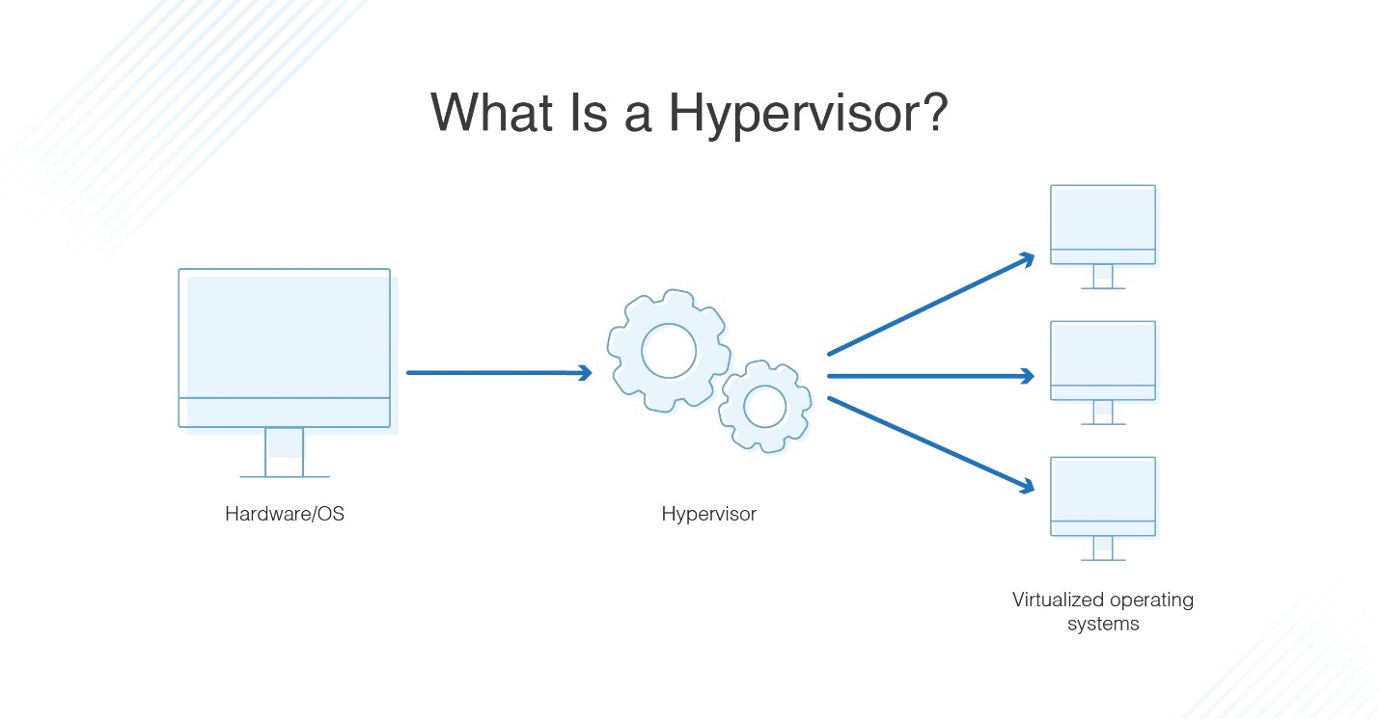Introduction
When deciding on a Virtual Private Server solution, many website owners base their decision on price and specifications, but most often ignore virtualization technology.
Your choice of virtualization technology can mean the difference between high-performance and low-performance applications.
Therefore, it is very important to understand what virtualization is and the different types of virtualization technologies available so that you can make the right decision whenever you need a VPS.
This article explains everything you need to know about Linux KVM and OpenVZ, including their differences and best use cases.
But first,
What is Virtualization?
Virtualization is the process of creating a virtual version of something. B. Operating systems, applications, storage devices, or network resources.
Virtualization allows you to divide physical resources into multiple logical resources, each of which can be used independently.
Virtualization can be used to improve hardware efficiency and utilization by allowing multiple operating systems to run on a single physical computer.
It can also be used to improve security by isolating different systems and applications in separate virtual machines.
What is a Hypervisor?
- A hypervisor is software (and sometimes hardware) that enables virtualization. Its primary function is to divide and allocate hardware and operating system resources among virtual machine instances.
- A hypervisor allows you to configure resources such as memory, disk space, CPU power, and network bandwidth for each virtual machine created.
- It can also be used to stop, restart, and destroy existing virtual machines as needed.
- Both KVM and Open VZ are hypervisors used by hosting providers to create separate tiers of servers, sharing resources from one or more physical pieces of hardware.
Each Hypervisor has certain advantages over the other as well as disadvantages depending on the use case.
Linux KVM (Kernel-based Virtual Machine)
KVM which translates to Kernel Virtual Machine is an open-source hypervisor that lets you create and run multiple operating systems on a single computer (using a type 2 hypervisor).
Each operating system instance created is called a virtual machine (with its own dedicated kernel).
KVM is primarily used to create virtual machines running Linux as the operating system, but it also supports other guest operating systems such as Windows, Haiku, and Solaris.
KVM has been around for over a decade and is used by big companies like Google, Amazon and Facebook.
OpenVz (Open Virtuozzo)
Linux OpenVZ is an operating system-level virtualization technology that allows multiple isolated operating systems (OS) to run on a single physical server. Each operating system is called a container and corresponds to a virtual machine (VM) in KVM.
However, containers are much lighter and more efficient than VMs, making them suitable for hosting multiple applications on a single server.
All containers you build with OpenVZ share a single host kernel packaged as a Linux distribution. Therefore OpenVZ does not support other operating systems. Linux OpenVZ is also an open source project and free for anyone to use.
What is the difference between KVM and OpenVZ?
The main difference between KVM and OpenVZ is how they handle virtualization.
OpenVZ handles virtualization at the operating system level, while KVM handles virtualization at the full or hardware level.
KVM’s virtualization happens at the hardware level, so each virtual machine can be completely isolated. This is why it can support other operating systems and scale to almost any length.
OpenVZ uses OS level virtualization. This basically means that all containers created must be Linux-based and share the same resources from the host’s kernel. This makes OpenVZ less customizable and more specialized for Linux-based applications.
Virtual machines created with KVM directly use the hardware resources of the physical machine, which provides many performance advantages over OpenVZ, which relies on the host’s kernel. A disadvantage of KVM virtual machines is the high overhead. This inherently means higher operating costs.
Compared to KVM, OpenVZ containers do not require a full-fledged hypervisor and rely only on the host whose hypervisor is kernel-based, so they can run with little overhead on the host’s resources.
OpenVZ also allows you to allocate up to 99% of your physical hardware to your containers, giving you better control over resource allocation.
For example, if physical memory (RAM) is not used in your OpenVZ setup, it can be accessed by all running containers.
If one of the containers decides to run a RAM intensive process, it will affect the overall performance of the entire container network (very common if too many containers are created). target). For KVM, each virtual machine is created with a hard limit. This basically means that you cannot use more than the amount allotted to the virtual machine, even if there is some other unused memory.
Both KVM and OpenVZ are completely free to use, but when it comes to running costs, KVM is more expensive and has higher hardware requirements to run.
KVM also requires a more complicated setup compared to OpenVZ, which uses a simpler configuration and has less overhead.
This makes OpenVZ the preferred choice for enterprises on a budget, while KVM is better suited for large enterprises that require more abstraction and isolation.
FAQ
Is KVM faster than OpenVZ?
KVM virtual machines have near-native access to the machine’s physical resources, resulting in speed improvements compared to OpenVZ containers, which require middleware (the host’s kernel) to access resources.
Can I run Windows inside an OpenVZ container?
No, it’s simply because OpenVZ is bundled with the Linux kernel and handles OS-level virtualization. All containers created must be based on the same OS (Linux in this case).
What is The Key difference Between KVM and OpenVZ?
Both Linux KVM and OpenVZ are types of virtualization software, but there are some important differences. OpenVZ creates containers that share a single kernel, while KVM uses virtual machines with their own kernel. In other words, KVM is great for hosting multiple operating systems, while OpenVZ is great for hosting multiple applications.



